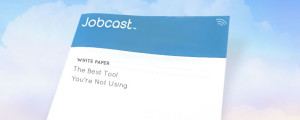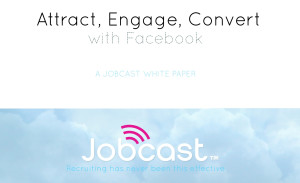April 1
Facebook ads are my favorite tool for social recruiting. Whether you want to reach passive candidates (and seeing as they make up 86% percent of the workforce, who wouldn't?), increase application volume (obviously!), reach more qualified candidates (even better than quantity I'm told), improve retention (did you know that candidate failure often costs 1.5 times their annual salary?), or all of the above (um, YES!) Facebook ads are your best bet. In our experience Facebook ads can mean the difference between zero candidate interest, and a landslide of applications from qualified talent. In fact, we've helped many of our clients create effective Facebook ad recruiting campaigns that have done exactly this! Facebook ads …Read More









